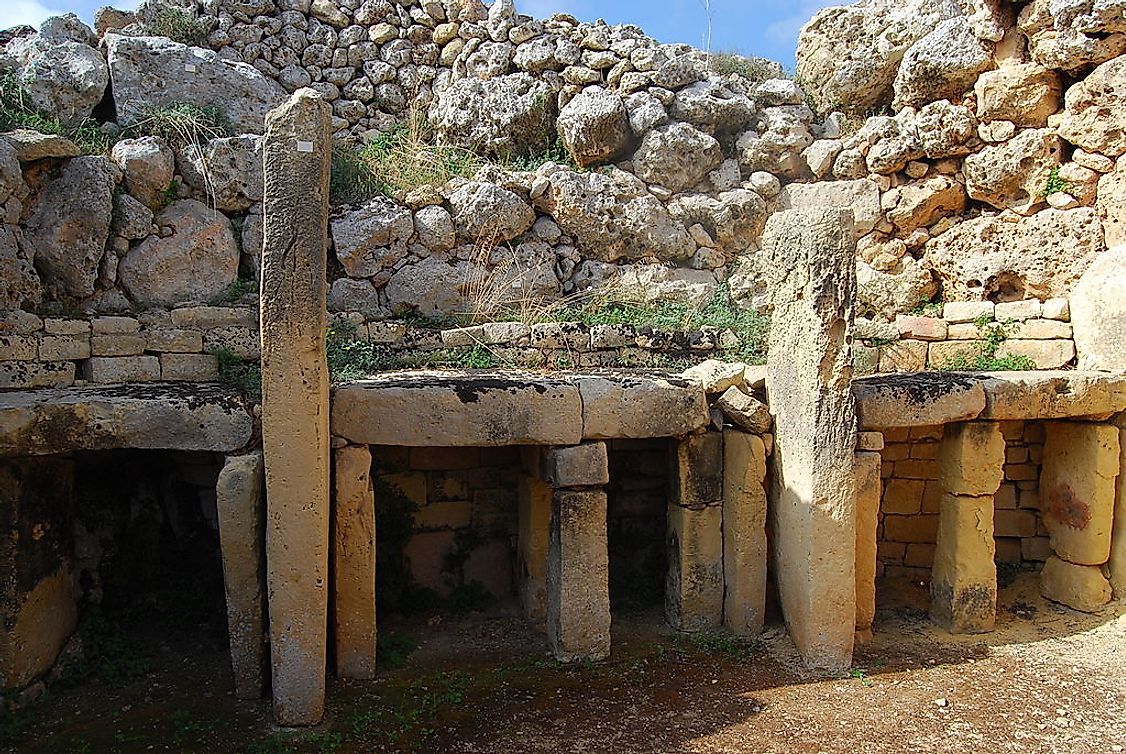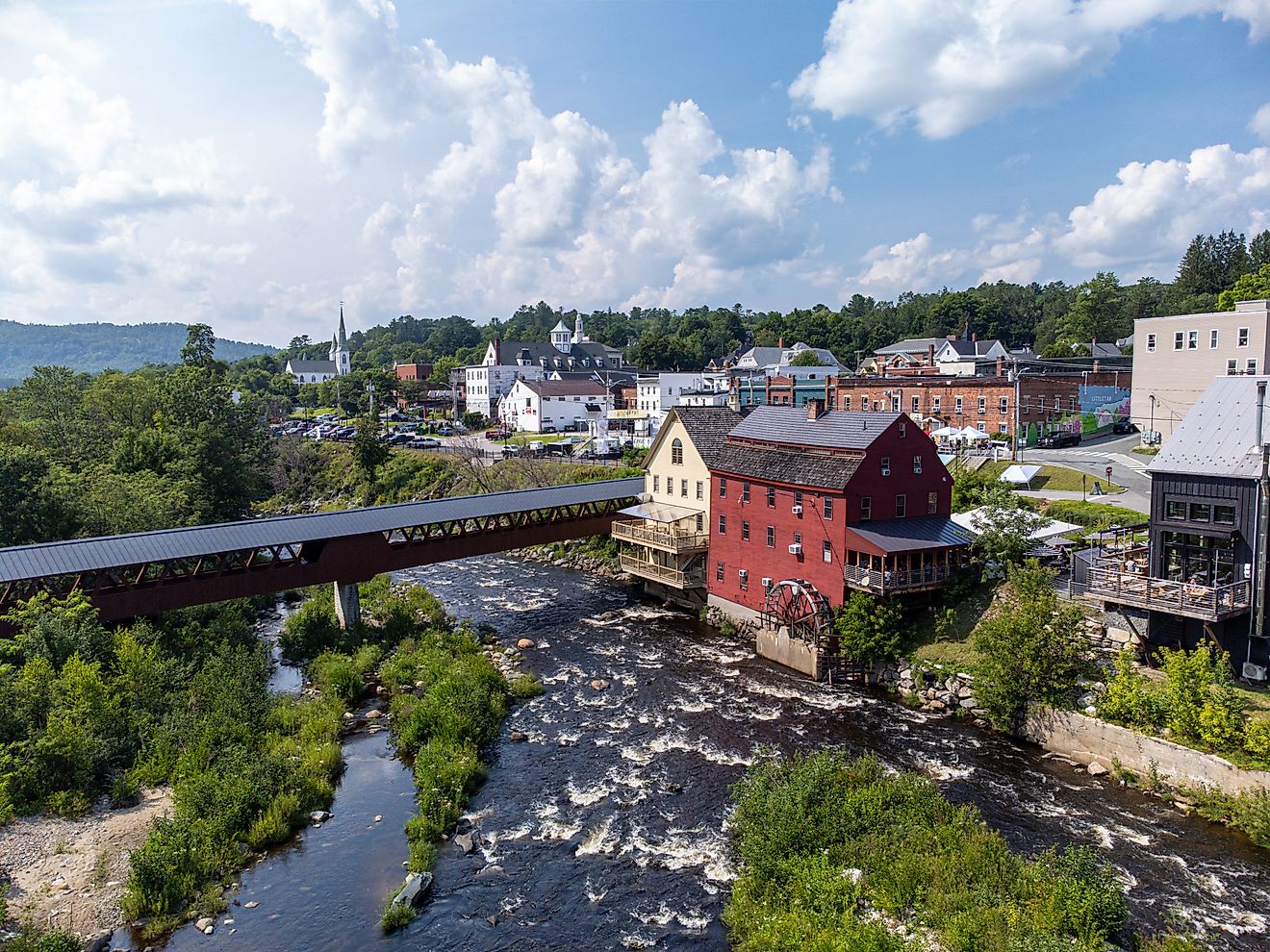Megalithic Temples of Malta: A UNESCO World Heritage Site

The Wonders Of The Megalithic Temples Of Malta
Historians have always put emphasis on Egypt, Greece, and Mesopotamia when talking about ancient temples. However, the small country of Malta has become a focal point of discussion after the discovery of the Megalithic Temples of Malta. The Megalithic Temples of Malta are ancient temples built over a period of 2900 years with construction commencing in 3600BC, and this makes them one of the oldest free-standing artificial structures in the world. Carbon dating conducted on some of the temples have indicated their date of construction as being 5,500 BC making them the oldest temples in the world, and older than the popular Stonehenge or the Egyptian Pyramids.
The total number of Megalithic Temples in Malta is eleven temples with seven of the temples being inducted in the UNESCO World Heritage Site list. According to the local folklore, it is believed that the mega structures were constructed by giants, a legend from which one of the biggest temples derives its name; Ggantija (The Giant’s Tower). The presence of pottery, charcoal, and remnants of human skeletons has established that Malta had a bustling population whose origin is traced to the Early Bronze Age. The Megalithic Temples of Malta attract archeologists who are astonished of the architecture employed in their construction, a huge feat for the technology of the era. The temples were constructed in several phases with each phase featuring a distinct technology from the next. Archeology and carbon dating have classified the stages of constructions into three phases.
Ggantija Phase
The Megalithic Temples constructed during the Ggantija Phase are among the oldest in Malta and by extension globally. The construction of these temples is estimated to have commenced in 5000 BC to about 3200BC.
Saflieni Phase
The Saflieni phase of Megalithic Temple construction is estimated to have begun in 3300 BC and ended in 3000BC and is named after the site on which temples from this period are located, The Hypogeum of Hal-Saflieni.
Tarxien Phase
The Tarxien phase represents the most “recent” period of the temples’ construction and is estimated to have begun in 3150BC to 2500BC. The temples built during this period showcase the peak of technological advancement of the ancient island dwellers. The Tarxien phase is named after a location where such temples are found called Tarxien.
Appearance Of The Temples
The temples usually have an entrance located at the center of the façade leading through a passageway to a paved court. The walls consist of stone slabs some of which are set on beams.The temples were built using local stones and had excellent masonry skills evident in the arrangements of the stone slabs. The masons then coated the exterior walls with limestone to make the temples dazzling white.
UNESCO World Heritage Site listing
A few of the Megalithic Temples of Malta have been listed as World Heritage Sites by UNESCO with the two temples located in Ggantija being listed in 1980. Later, in 1992 temples from five other sites were listed as World Heritage Sites by the international body and consist of the Hagar Qim temple, the Mnajdra temple, the Skorba temples and the Tarxien temples.











